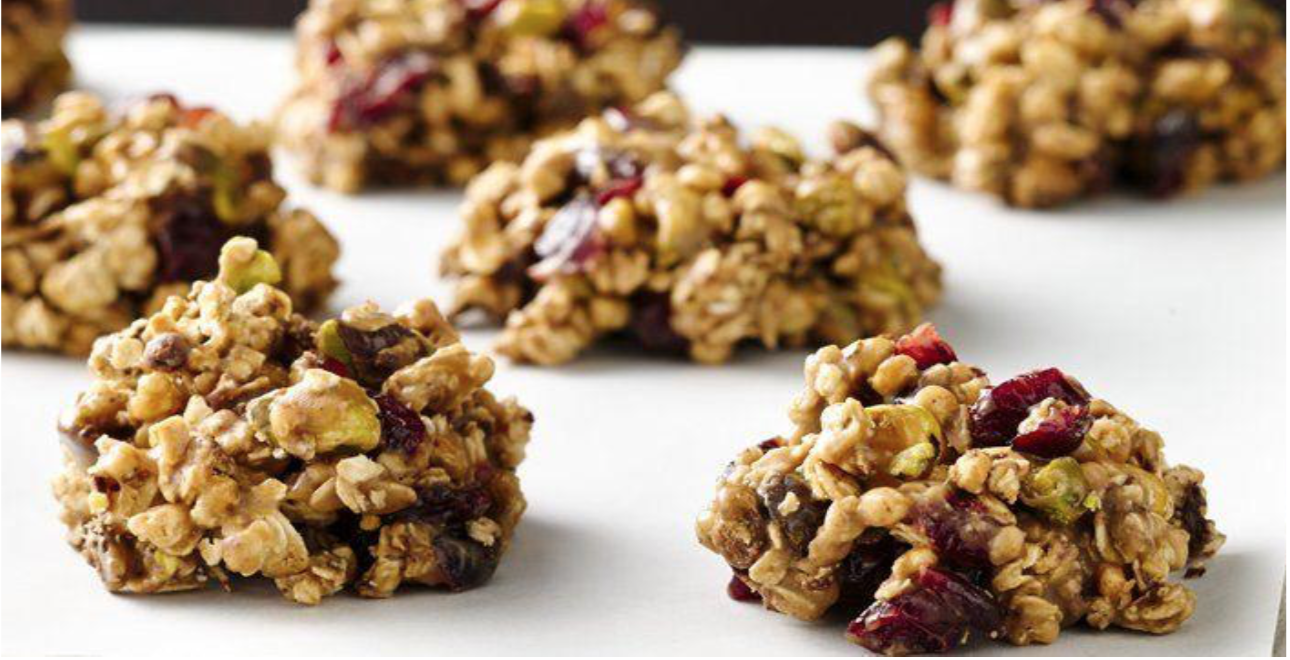Tips for controlling your portions:-
If you’re starving, you’re more likely to eat an extra-large portion. For most people, the best plan is to eat three well-designed meals and one to 2 snacks. Try having a piece of fruit before eating your dinner if you are really hungry – I find this helps me.
Know your portion sizes – I like to use a ramekin when measuring portions of pasta, rice, breakfast cereals etc and use a scoop for porridge (I have 3 level scoops).
- Read food labels – for instance a small bag of pretzels may say it contains 2 portions
- Fill up on vegetables and salad – it will help to reduce calories and fill you up
- Slow down – chew your food properly and put your knife and fork down between each mouthful it will help you to not over eat
- Eat on a smaller plate – makes it seem like there is more there
- If you want to go back for seconds, wait 10 minutes – you probably won’t be wanting to go back for seconds as your brain would have caught up with your stomach and realised you are full
- Simply track your calories and then you will know how many portions you can have
If you are adamant that tracking calories is not your preferred method to lose weight – then below are some examples of what constitutes 1 portion of each food group.
Fruit and vegetables: (ONE portion = 80g)
1 apple, banana, pear, orange or other similar sized fruit
2 plums or similar sized fruit
½ a grapefruit or avocado
1 slice of large fruit, such as melon or pineapple
3 heaped tablespoons of vegetables (raw, cooked, frozen or tinned)
3 heaped tablespoons of beans and pulses (however much you eat, beans and pulses count as a maximum of 1 portion a day)
3 heaped tablespoons of fruit salad (fresh or tinned in fruit juice) or stewed fruit
1 heaped tablespoon of dried fruit (such as raisins and apricots)
1 handful of grapes, cherries or berries
a dessert bowl of salad
a glass (150ml) of fruit juice (however much you drink, fruit juice counts as a maximum of 1 portion a day)
Bread, cereal, rice and pasta and potatoes:
1 slice bread
1 egg sized potato
3 tablespoons breakfast cereal
2 heaped tablespoons of cooked pasta and rice
Milk and dairy:
200 ml of milk
150g low fat yoghurt
125g cottage cheese
30g hard cheese
Meat, fish, eggs, beans and other non-dairy source of protein:
85g-100g cooked meat or fish
3-4 tablespoons of dried beans
2 eggs
3 tablespoons of nuts or seeds

